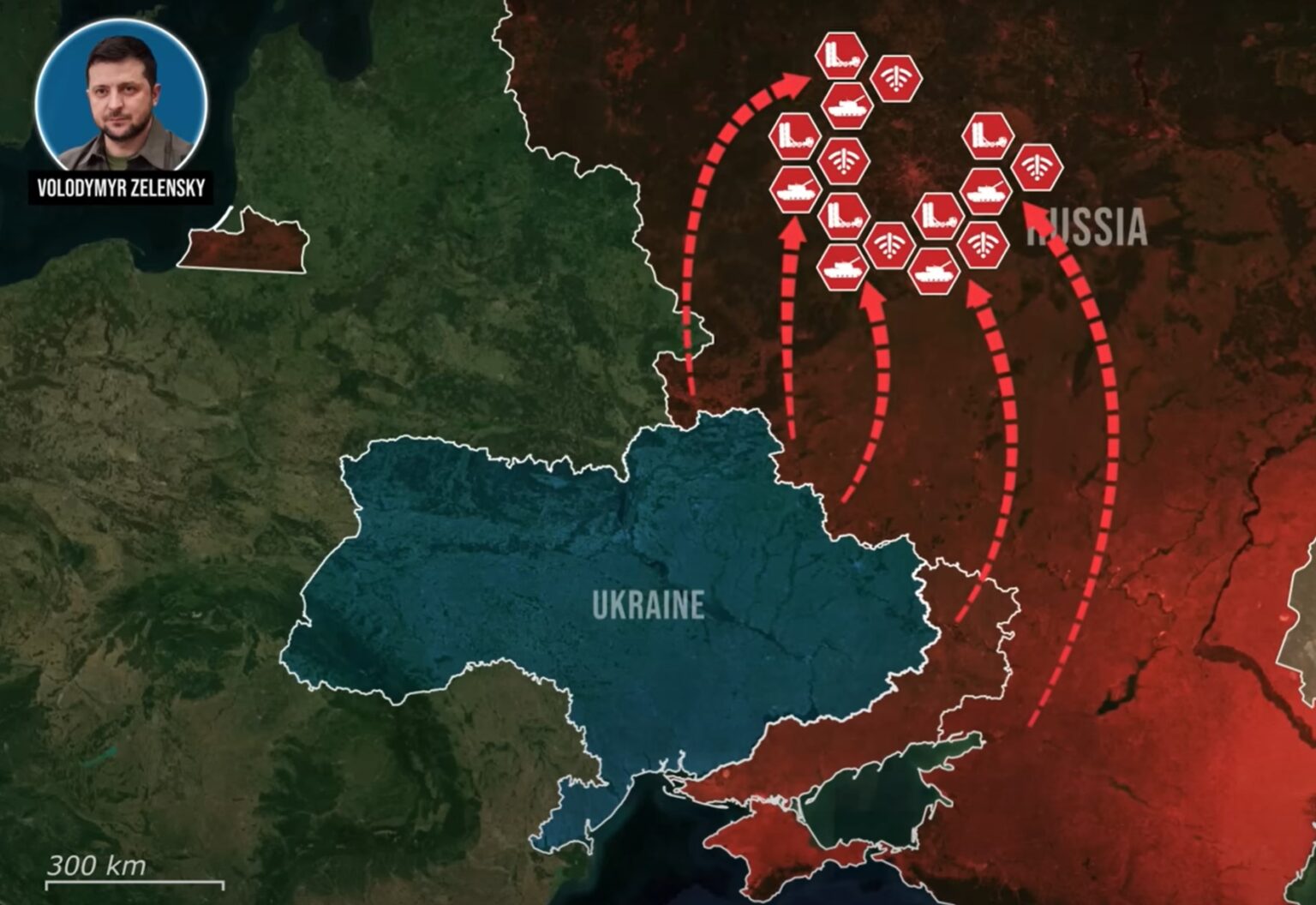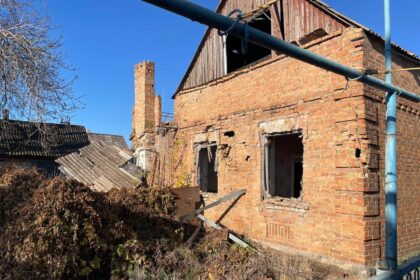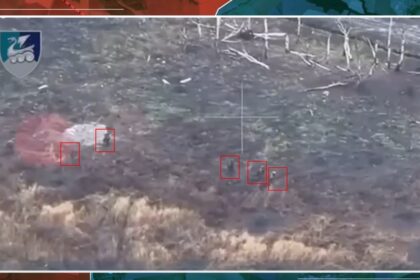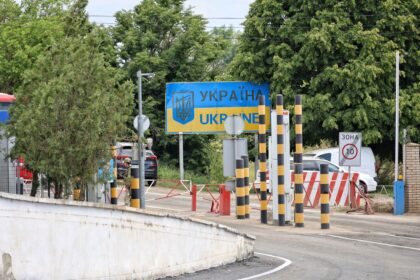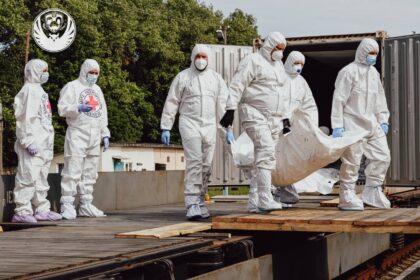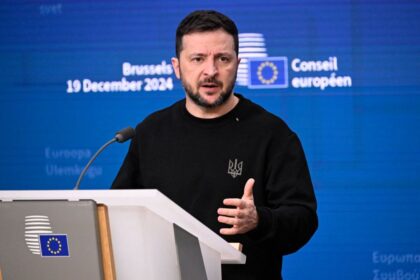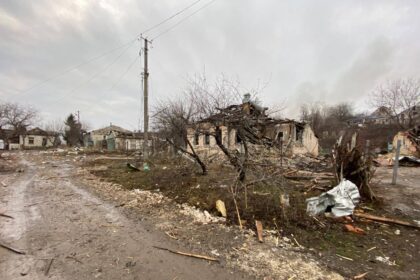**Russia’s Air Defenses Left Exposed After Crimea Drone Strike**
The Ukrainian military has launched a massive drone strike against the Crimean Peninsula, hitting Russian military assets and air defense systems with devastating results. The attack has left Russia’s air defenses vulnerable, creating opportunities for further strikes on other regions.
**Coordinated Assault**
The operation involved a combination of aerial and naval drones, which systematically dismantled layered Russian defenses. Ukrainian forces launched precision strikes on key air defense and electronic warfare systems, neutralizing Russia’s ability to detect and intercept incoming threats. The drones then targeted patrol boats and airfields, exposing vulnerabilities in Russia’s coastal and aerial security.
**Historic First**
The strike was notable for the use of Magura-55 and V7 naval drones equipped with R-73 infrared air-to-air missiles. Ukrainian forces successfully downed a Russian Su-30 fighter jet, marking a historic first in naval drone warfare.
**Widespread Targets**
The attacks were widespread, with Ukrainian drones reported over areas including Zhuravlivka near Simferopol, Orlovka, Tarhanut, and Yevpatoriya. The strikes destroyed numerous targets, including an S-300 air defense system and Obzor-3, ST-68, and Imbir radars.
**Russian Ministry of Defense Claims**
The Russian Ministry of Defense claimed to have intercepted 112 drones in total. However, reports from eyewitnesses on the peninsula confirmed that there were a substantial number of explosions both heard and seen—a clear indication that not all drones were intercepted.
**Zelenskyy’s Warning**
Ukrainian President Volodymyr Zelenskyy issued a threatening statement that Ukraine could not guarantee the safety of world leaders attending Russia’s upcoming Victory Day parade on 9 May. Ukrainian military intelligence chief Kyrylo Budanov suggested that visitors to Moscow might need earplugs, further hinting at potential disruptions.
**Russia Reacts**
In response to the heightened threat, Russia has redeployed over 280 air defense systems, including S-400, Tor, and Buk systems, as well as radars and electronic warfare equipment to Moscow to bolster security for the Victory Day parade. The redeployment has left other regions vulnerable without the necessary protection.
**Opportunities for Ukraine**
The recent strikes in Crimea appear to be just the beginning of something much bigger. With Russian air defenses stretched even thinner, already depleted by Ukraine’s increasing focus on destroying these systems, massive gaps are appearing in Russia’s air defense network. The Ukrainian military has demonstrated its capability to strike high-value targets as far as 1,800 kilometers from the front line.
**Commentary**
The devastating strike on Crimea and Zelenskyy’s warning have unsettled the Russian government, prompting a reactive and resource-intensive shift of air defense assets. By forcing Russia to concentrate huge amounts of air defenses around Moscow, Ukraine has created opportunities to strike elsewhere—potentially leading to significant losses for Russia in the coming days.
**Analysis**
The failed assault on Crimea exposes critical gaps in North Korean military preparedness and the human cost of outdated warfare tactics. The Russian Ministry of Defense’s claims that they intercepted 112 drones are likely exaggerated, given the widespread destruction and explosions reported by eyewitnesses. The redeployment of air defense systems to Moscow has left other regions vulnerable, creating opportunities for further strikes.
**Conclusion**
The Ukrainian military’s drone strike on Crimea is a significant blow to Russia’s air defenses, leaving them exposed and vulnerable to further attacks. As the Russian government scrambles to respond, Ukraine appears to be taking advantage of the situation, potentially setting the stage for significant losses in the coming days.




